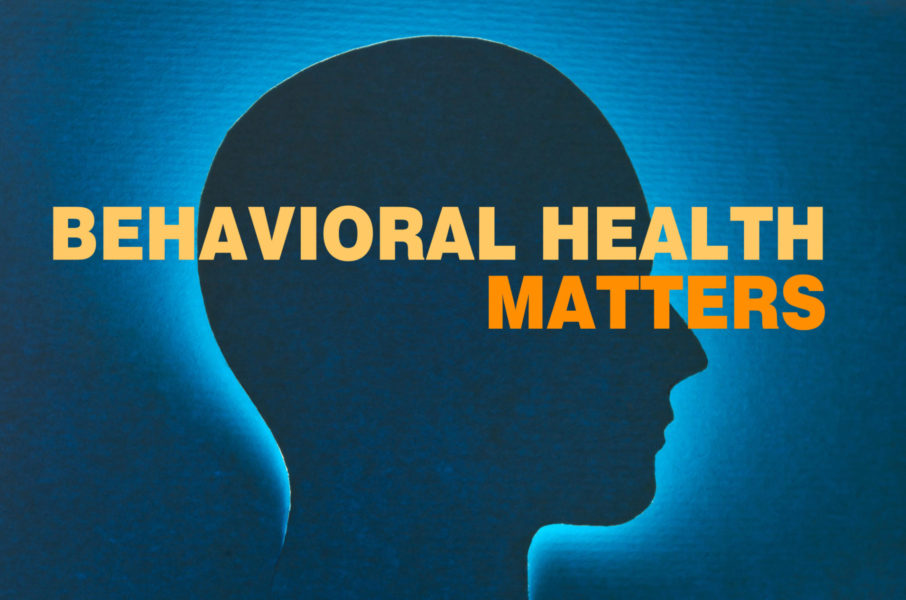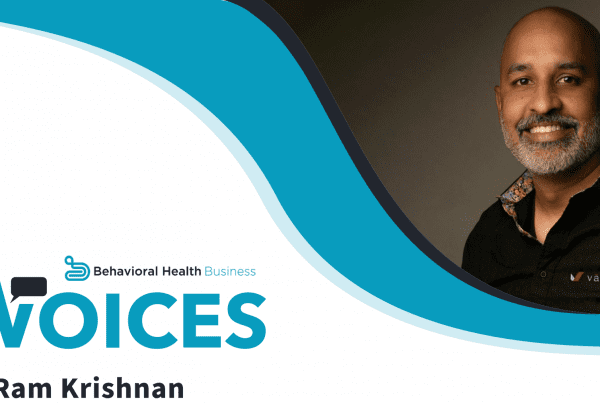The unique challenges of opioid use disorder in the United States
Substance abuse has been a significant problem in the United States, though the recent opioid-related trends of the past decade have been particularly troubling. In an age where there are now more people with substance use disorders than with any form of cancer, it shouldn’t come as a surprise that it amounts to roughly $420 billion per year* in costs pertaining to health care, economic productivity, and the criminal justice system. But the rapid rise in urgency isn’t the only unique characteristic of the opioid problem. The following are other such examples.
The medical context
Most people that encounter prescription opioids do so through the healthcare system. Because of the medical context around chronic pain management and prescription medication, a false sense of security against addiction or misuse is very real, and it is often the case that patients who develop a dependence on opioids do so through this context, despite possibly having no history of substance abuse.
But the medical community is sensitive to the risks, and positions itself as a buffer between patients and potentially addictive substances such as opioid-based medications. In recent years, many hospitals have adopted more conservative approaches to pain management, and the CDC published guidance which advocated the method of “start low, go slow” for chronic pain management using opioid-based medication.
Stigmatization
Most behavioral health problems carry with them the stigma of personal weakness to some extent, but this is particularly true with opioid use disorder. Fear of judgement keeps many that need care away from it, and the widespread regard of opioid use disorder as a character flaw has likely mitigated the sense of public urgency needed to drive change.
Despite these setbacks, significant progress toward awareness and understanding has been made. The former surgeon general published a comprehensive report on the impacts of substance use disorders as they pertain to greater medical problems, and the White House has declared opioid dependence a national public health emergency in addition to appointing special commissions to address it—both of which have given national attention to the issue.
Nuanced recovery
Recovery from opioid use disorder is not something that can be easily standardized. Individuals have found success through a variable combination of medication, counseling, social support, and other forms of therapy. What works well for one person may not be ideal for the next. It is a matter of having resources available, which, depending on a person’s circumstances and community, might not be guaranteed.
Incarceration and old paradigms
Substance use disorders on the whole have a checkered history with the criminal justice system. In days past an episode of substance of abuse might have landed you a night in jail instead of a treatment center, but the way in which we regard and address behavioral health matters has changed over time. Law enforcement agencies continue to warm up to the idea of treatment over incarceration for nonviolent offenders. Many departments are making crisis response an integral part of training, and first responders, including police and fire departments, now carry naloxone as standard equipment, which has led to significant preservation of human life.
Addressing opioid use disorder has not been without its own share of unique challenges, but there are also a lot of reasons to feel positive about the future. The progress so far can be largely attributed to the promotion of awareness and understanding.
(*Estimate accounts for all forms of substance use disorder)





